
Widow Time is Non-Linear
Memories Are No Longer Chronological
Estimated reading time: 2 minutes, 48 secondsSince Jan died almost two years ago, I have written about my grief journey but have only discussed it with a few people. Many but not all of these were fellow widows.
If the death of my parents was like “losing the bookend to a row of books,” as Rebecca Makkai described it in I Have Some Questions for You, Jan’s death was the collapse of the entire bookcase.
Have I been lonely? Devastated? In crisis?
The answer is yes to these questions and dozens more that I have experienced on my grief journey.
Reading Widow, a short story by Margaret Atwood in Old Babes in the Wood, reminded me of how I felt when Jan died and why I have defined my path to healing and recovery.
Nell, the protagonist in Widow, is writing a letter to a friend she will never send because it speaks to the harsh reality that grief imposes upon us.
Margaret Atwood writes,
Have I gone into the dark tunnel, dressed in mourning black with gloves and a veil, and come out the other end, all cheery and wearing bright colors and loaded for bear?
No. Because it’s not a tunnel. There isn’t any other end. Time has ceased to be linear, with life events and memories in a chronological row, like beads on a string. It’s the strangest feeling, or experience, or rearrangement. I’m not sure I can explain it to you.
As much as it might have appeared that I was in a dark tunnel after Jan died, I was not and am not now. There is indeed no defined end to the grief journey.
We all must learn how to live without our loved ones. The pathway I have chosen may not work for anyone else.
Because of how time-warped, Nell was confident that “Tig isn’t exactly gone.
Atwood speaks the same way I feel when I say that Jan is still with me,
You’d jump immediately to ghosts, or delusional states on my part, or dementia, but none of those would apply. You will understand it later, perhaps, this warping or folding of time. In some parts of this refolded time, Tig still exists, as much as he ever did.
When I write about how Jan and I met and married, I think the same way Nell feels about Tig. Jan is not exactly gone, and I know she is still with me and always will be with me.
Grief has been an outstanding teacher, and it has taught me to live life fully.
By living fully, I know I am not only doing what Jan wanted me to do, but if we were to meet now, she would see someone she could love, not someone so drained by a loss that they are an empty shell.
Have I chosen wisely?
The Jan Lilien Education Fund sponsors ongoing sustainability and environmental awareness programs. Gifts made this month; I will match dollar-for-dollar. All donations are tax-deductible.
I receive a commission when you buy a book or product using a link on this page. Thank you for supporting Sharing Jan’s Love blog.
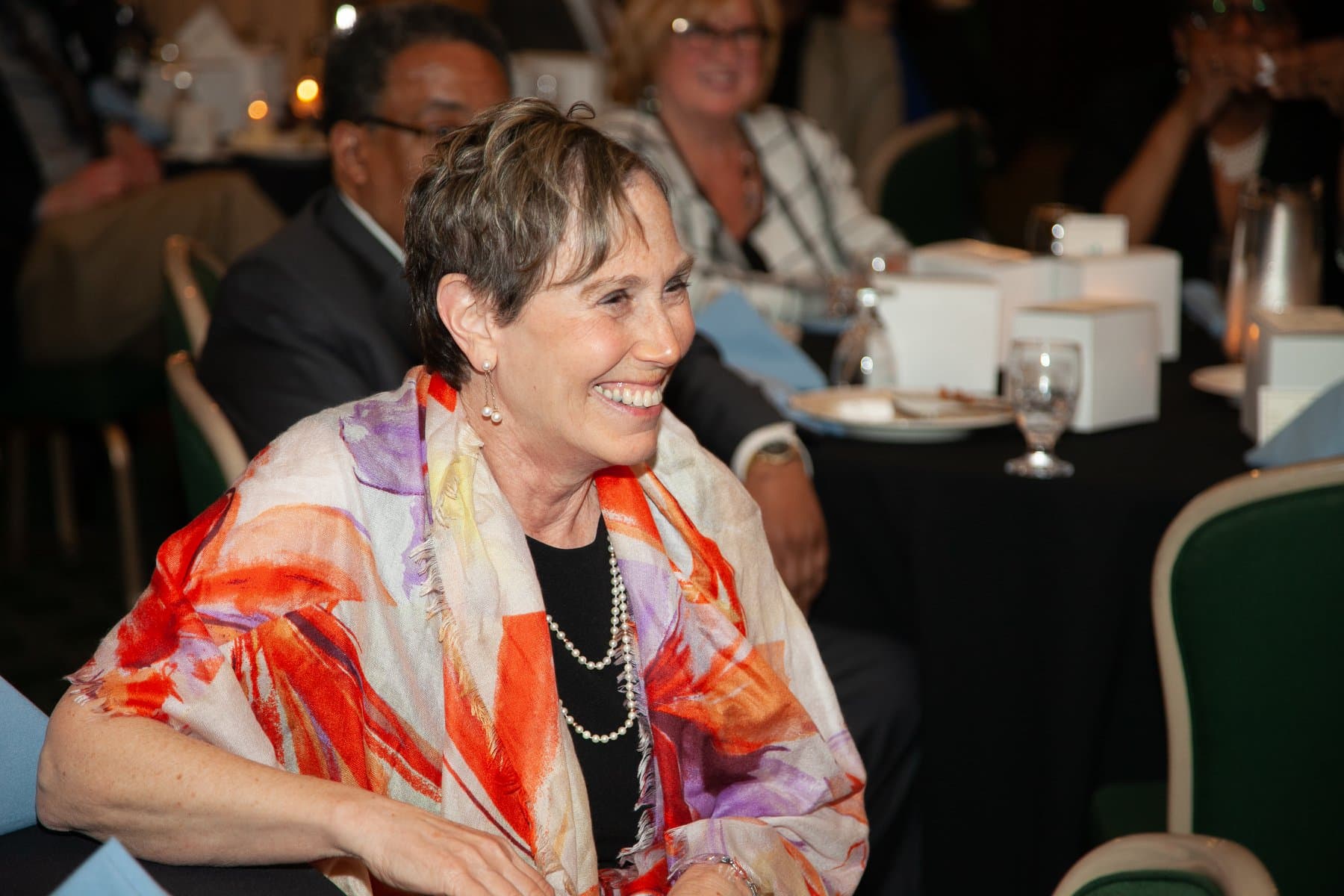

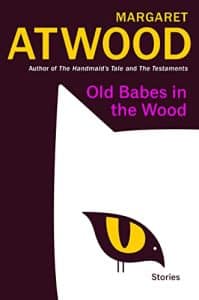

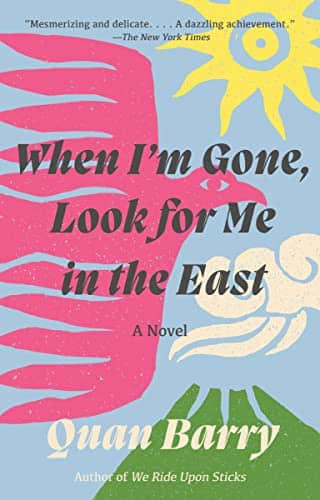
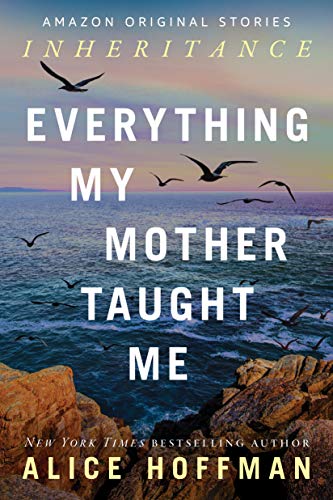
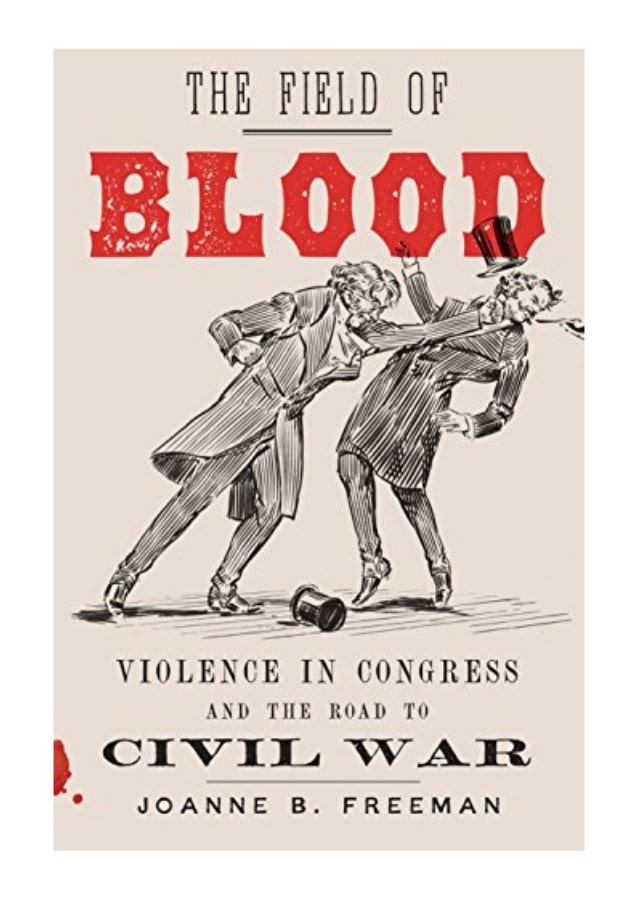
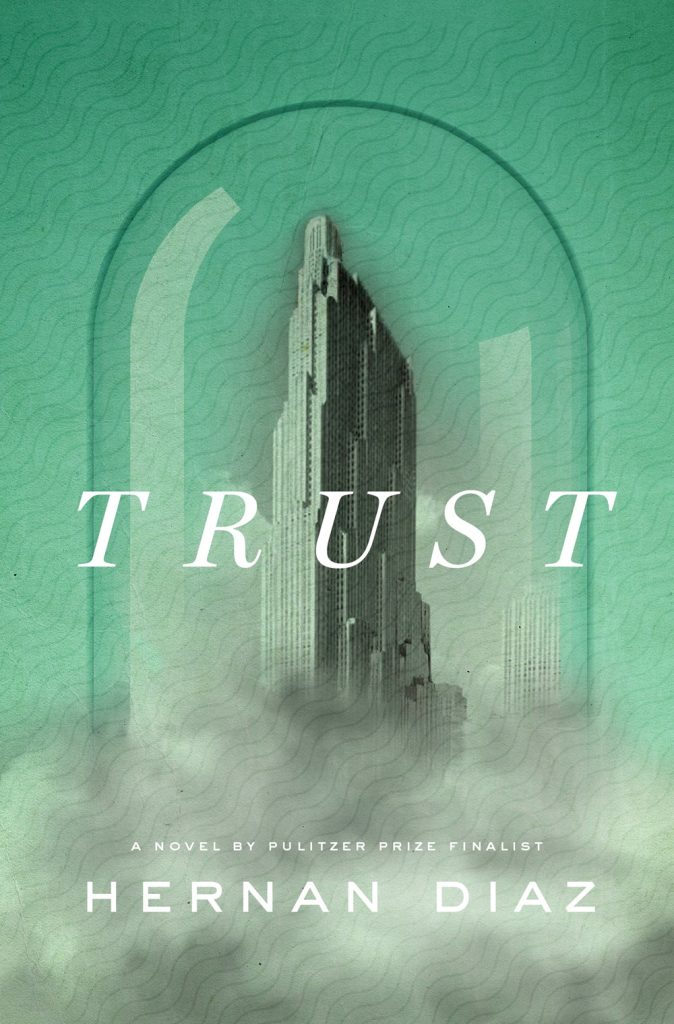
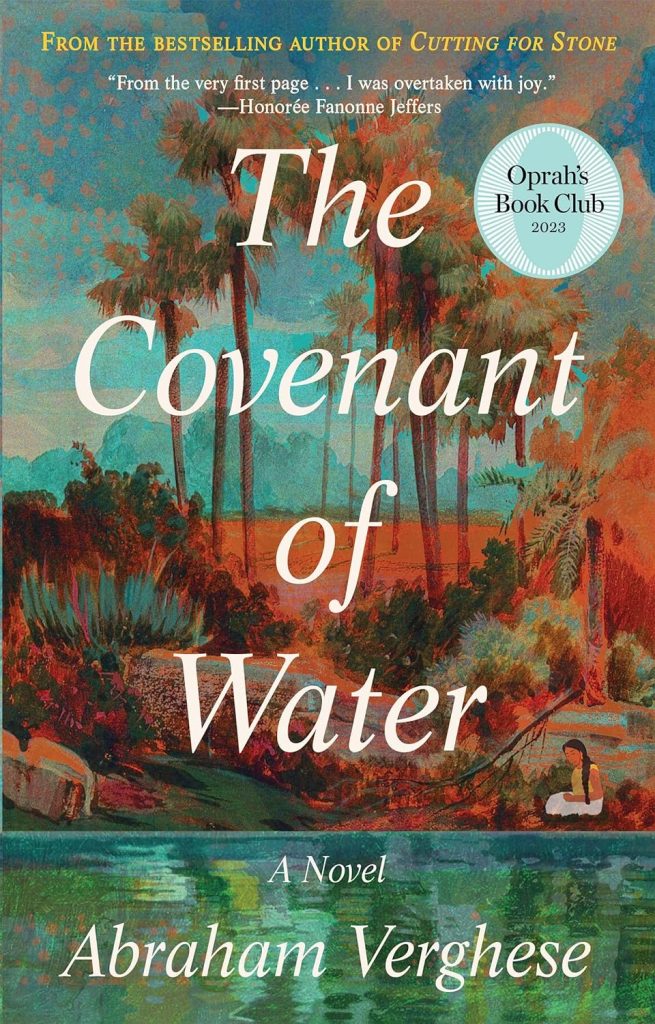
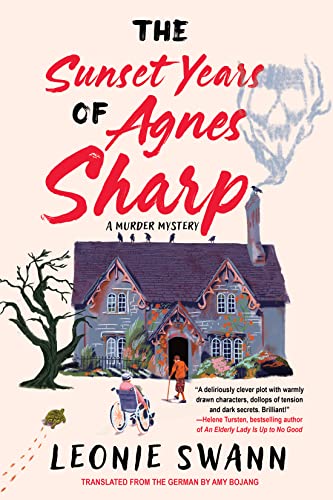
Grieving is the hardest part of life, but our family would love us to continue our lives!! As you said, Jan wanted you to keep going and going!!
Thanks, Hugo. Love never dies, but those who survive must continue to live and share the love with others. Jan and I liked Merrit Malloy’s Epitaph, and that poem commands me to give her away when all that was left of Jan was her love!